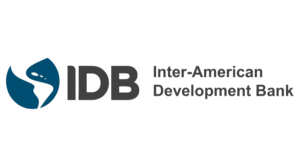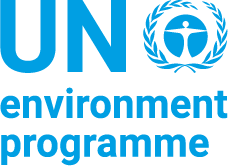
The report “A Common Set of Aligned Sustainable Infrastructure Indicators (SII)” identifies the sixteen common elements used by multilateral development banks to define sustainable infrastructure practices across the quadruple bottom line. The SII provides insights into how stakeholders can incorporate the indicators into their infrastructure projects and monitor sustainability performance throughout the infrastructure lifecycle. Moreover, the SII sets forth how reaching the sustainability indicators can help mobilize public and private investments.
Lifecycle Phase(s): Enabling EnvironmentConditions that enable the integration of sustainability practices (regulation, laws, frameworks etc.)., Strategic PlanningPublic authorities identify the needs and long-term vision for infrastructure development., PrioritizationAuthorities decide which projects to realize and how to allocate resources., Project PlanningGeneral strategy for a project’s delivery is developed., Concept DesignTechnical experts broadly outline the project’s basic characteristics., ProcurementThe provision of goods and services to realize a project are tendered and closed., FinanceDevelopers decide how to pay for their project.
Type(s) of Tool: PrinciplesSupport sustainability incorporation at institutional or strategic level, less specific than Guidelines.






